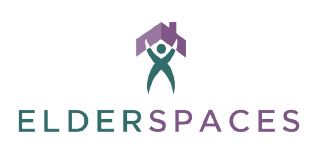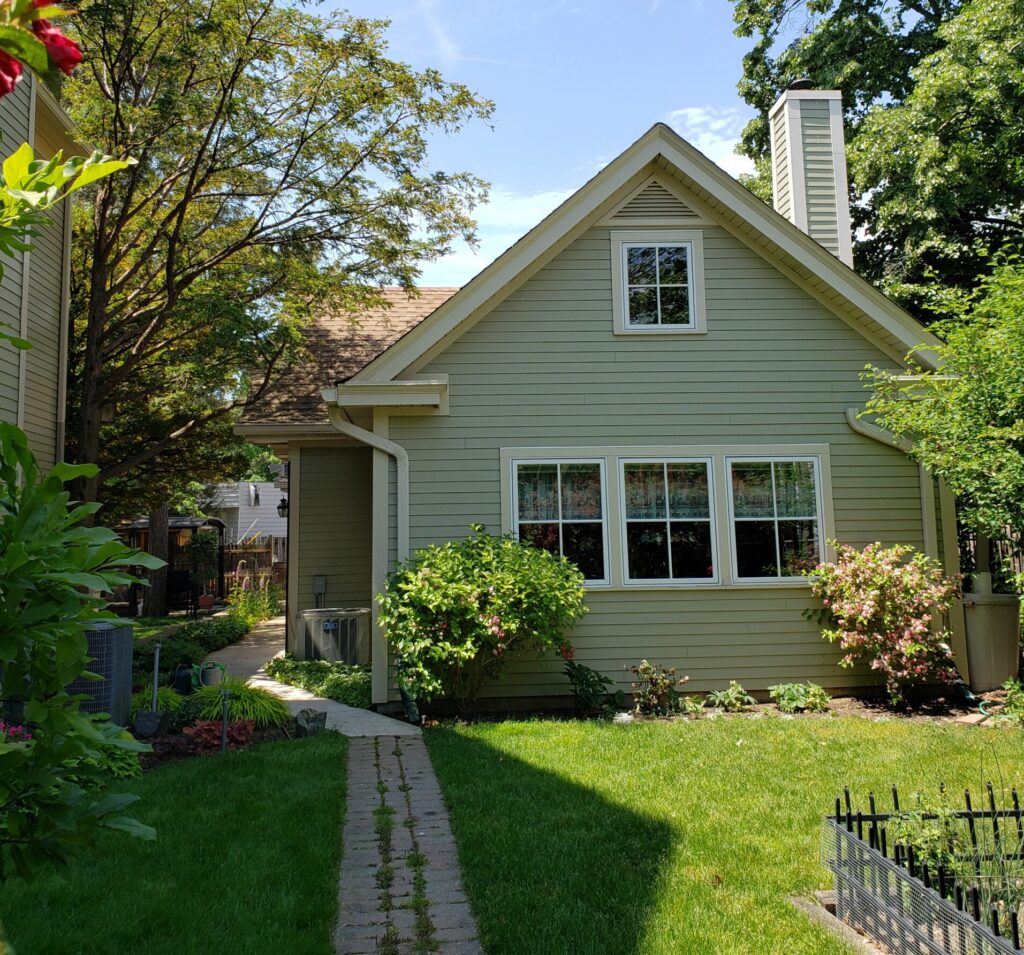Equitable Use
Design for a range of people
Flexible Use
Adjust to suit the users’ needs
Size and Space
Design with respect for the users
Simple and Intuitive
The building is easy to understand
Devices assist the user
Perceptible information
Tolerance for errors
Design seeks to improve movement
Low physical effort
the building operates with little effort

